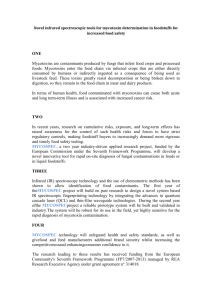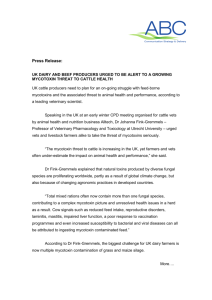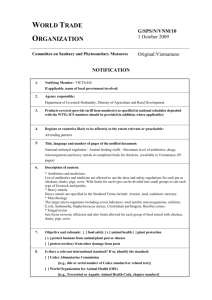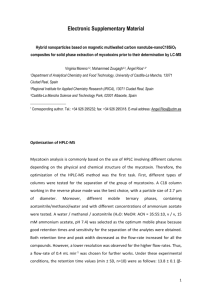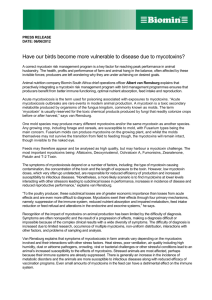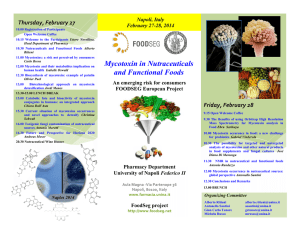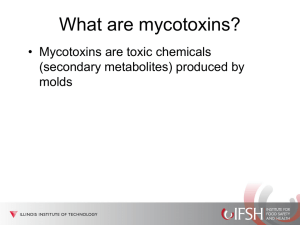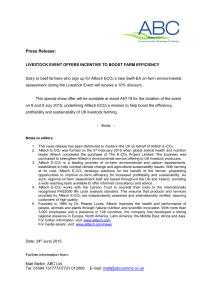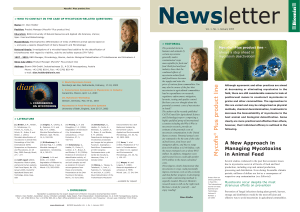Global mycotoxin survey_press release
advertisement
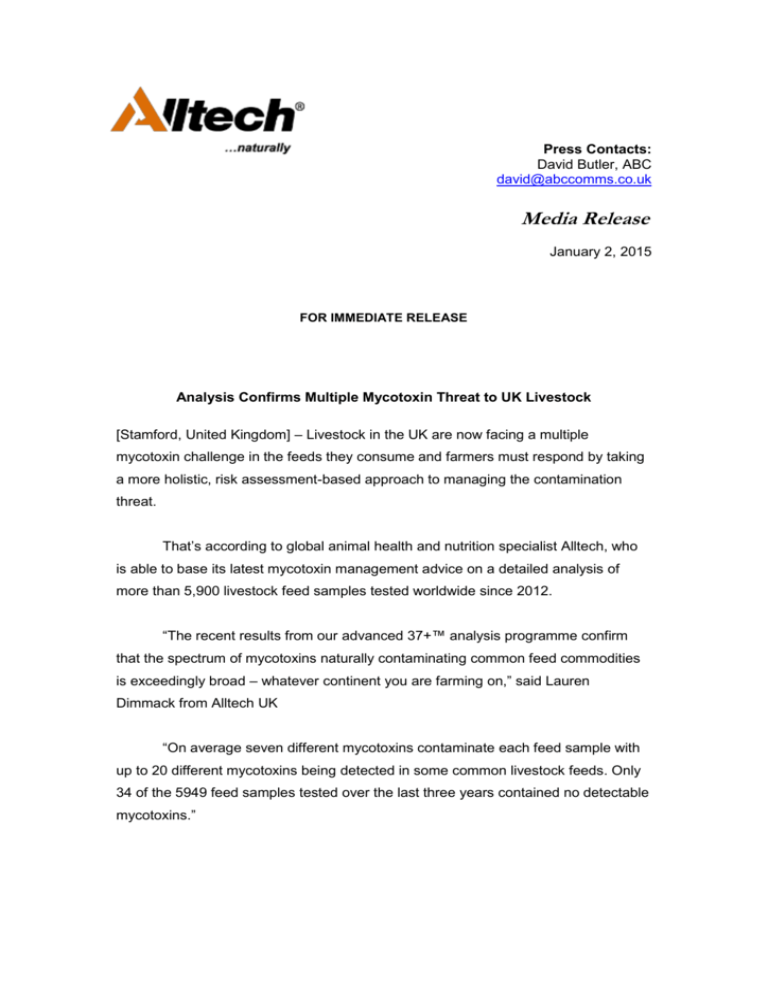
Press Contacts: David Butler, ABC david@abccomms.co.uk Media Release January 2, 2015 FOR IMMEDIATE RELEASE Analysis Confirms Multiple Mycotoxin Threat to UK Livestock [Stamford, United Kingdom] – Livestock in the UK are now facing a multiple mycotoxin challenge in the feeds they consume and farmers must respond by taking a more holistic, risk assessment-based approach to managing the contamination threat. That’s according to global animal health and nutrition specialist Alltech, who is able to base its latest mycotoxin management advice on a detailed analysis of more than 5,900 livestock feed samples tested worldwide since 2012. “The recent results from our advanced 37+™ analysis programme confirm that the spectrum of mycotoxins naturally contaminating common feed commodities is exceedingly broad – whatever continent you are farming on,” said Lauren Dimmack from Alltech UK “On average seven different mycotoxins contaminate each feed sample with up to 20 different mycotoxins being detected in some common livestock feeds. Only 34 of the 5949 feed samples tested over the last three years contained no detectable mycotoxins.” Number of detectable mycotoxins in livestock feed samples (2012-2014: n=5949) Number of mycotoxins Number of samples Proportion (%) 0 1 or 2 3 to 5 6 to 8 9 to 11 12 to 15 Over 16 34 298 1524 2353 1315 396 29 0.6 5.0 25.6 39.5 22.1 6.7 0.5 The data reveal that the most prevalent feed mycotoxins worldwide are fumonisins, Type B trichothecenes and fusaric acid, but tricothecenes A, ergot alkaloids and significant others – such as Aspergillus and Penicillium toxins found in stored feed – account for 30 percent of the mycotoxins found. Aflatoxins tend to be a threat in warmer areas of the world, or in regions feeding significant levels of grain that have been grown in warmer climates. “Climate change and feed storage practices here in the UK are starting to influence the range of moulds occurring in farm feed stocks,” said Ms Dimmack. “And with traditional tilling and crop rotation practices diminishing too, mould contamination is persisting year-on-year, making the multiple mycotoxin threat very real here in the UK. We are seeing more and more cases every year. “2014 was the warmest year on record in the UK and the feeding of higher dry matter grass and maize silages is certainly another contributing factor to this rise in cases. Mycotoxins are products of mould metabolism, so anywhere that moulds can grow is a potential source of a problem. It is the simultaneous presence of various mycotoxins that increases the potential toxicity to livestock.” Further advice on the contamination threat presented by mycotoxins is available from Alltech on 01780 764512. - ends Photo supplied: UK farmers are now facing a multiple mycotoxin threat in the forages they feed to their ruminant livestock, according to Alltech. About Alltech: 1. Founded in 1980 by Dr. Pearse Lyons, Alltech improves the health and performance of people, animals and plants through natural nutrition and scientific innovation. With more than 3,000 employees and a presence in 128 countries, the company has developed a strong regional presence in Europe, North America, Latin America, the Middle East, Africa and Asia. For further information, visit: www.alltech.com For media assets, visit: www.alltech.com/news
